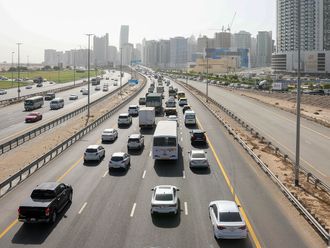
Dubai – To create a supportive work environment it’s important to have a healthy work-life balance. The UAE’s Labour Law recognises this provides a variety of legal work arrangements to suit different needs.
According to the Ministry of Human Resources and Emiratisation (MOHRE), it is important to understand the types of work patterns legally mandated in the UAE because there are specific provisions concerning end-of-service benefits and annual leave based on the nature of the employment.
Understanding your options: 6 types of work patterns in the UAE
Here's a breakdown of the six legal work arrangements as outlined in Federal Law No. 33 of 2021 and Cabinet Resolution No. (1) Of 2022:
1. Remote work
All or part of the work is performed outside the workplace, with electronic communication between the worker and the employer instead of physical presence, whether the work is part-time or full-time.
2. Job sharing
The tasks and duties are divided among more than one worker as agreed upon in advance, and this is reflected in the wages due to each of them. The workers are dealt with under the rules of part-time work.
3. Full-time
Working for one employer for the full hours of work throughout the working days.
4. Part-time
Working for one or more employers for a specific number of working hours or working days.
5. Flexible work
This pattern is characterised by variability in working hours or days, depending on the workload, economic conditions, and the operational needs of the employer. The employee might be required to work at fluctuating times based on the job’s conditions and requirements.
6. Temporary work
Work which is carried out within a specific period, or which involves a specific task. The employment concludes once the task or project is completed.










